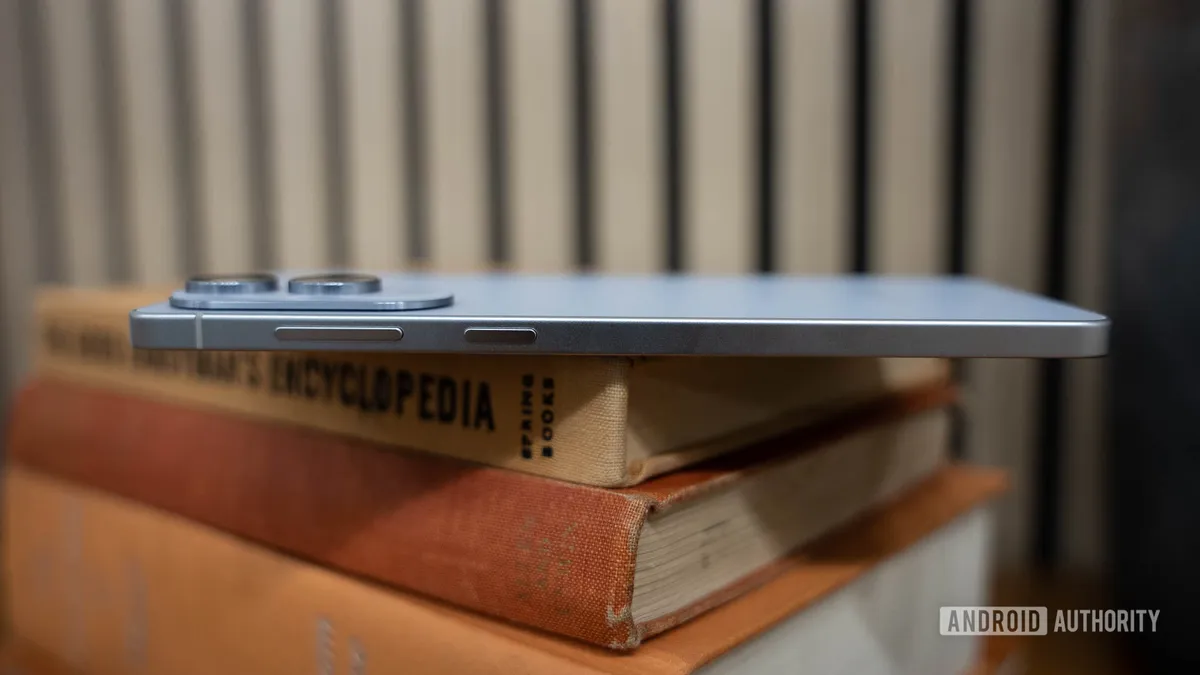
When we first encountered the Samsung Galaxy S25 Edge, we were struck by its remarkably thin design. However, our initial excitement quickly shifted to concern upon examining the device's 3,900mAh battery capacity. While not insignificant, this battery size seems rather conservative for a flagship smartphone in 2025, especially given the dimensions of the Galaxy S25 Plus, which boasts a more substantial 4,900mAh battery. Even the more compact Galaxy S25 slightly outpaces the Edge with its 4,000mAh battery.
It’s important to note that the Galaxy S25 Edge features a larger display with a higher QHD resolution and a more power-hungry 200MP camera. These enhancements could lead to increased power consumption compared to the standard S25. Samsung has claimed that the Edge should offer battery life somewhere between the Galaxy S24 and S25, but our testing suggests that this expectation might be overly optimistic.
Our automated battery longevity tests were conducted at a consistent display brightness of 300 nits. For a comprehensive comparison, we also evaluated both models of the S24 alongside the S25 and S25 Plus. Unfortunately, the results were disappointing for the Galaxy S25 Edge. It consistently clocked fewer minutes than the Galaxy S25 in all tests and performed worse than the Galaxy S24 series in most scenarios—except during our Zoom call test, where it outperformed the Snapdragon variant of the Galaxy S24. It managed to match the Exynos model in tests involving 4K recording and Zoom calls.
In terms of camera capture time, all tested phones delivered similar performance. However, in other categories, the performance gap was significant, indicating that the Edge's battery life is clearly inferior to its counterparts. The real-world battery performance is notably worse than the minor 100mAh difference with the compact Galaxy S25 would suggest. On average, we observed approximately a 20% reduction in video recording and playback longevity compared to the standard S25, alongside a 27% drop in Zoom call duration. Web browsing showed a slightly better performance with only about an 8% decline, but still below expectations given the battery size.
Focusing on screen-on time, the Galaxy S25 Edge offers about four hours of constant content capture, seven to eight hours of moderate usage (such as web browsing and video calls), and up to 17 hours of offline 4K video playback. While these figures might seem adequate in isolation, they fall short compared to its siblings by an hour or two. Furthermore, these measurements are under ideal, out-of-the-box conditions. Introducing background tasks, heavy data usage, or gaming can drastically reduce battery performance.
With such tight margins, it's evident that the Galaxy S25 Edge's battery capacity is designed to the limit for a full day’s use. Although it may handle moderate usage today, concerns arise about its long-term performance, particularly given its price point of $1,100. A mere decline to 90% of its original battery capacity after two years could already present challenges; a drop to 80% would likely lead to daily charging needs.
Additionally, we observed that the thin metal frame of the Galaxy S25 Edge tended to heat up during use. This not only accelerates battery degradation but can also result in inefficient battery discharge and increased self-discharge rates. Such issues could explain the device's notably poor performance in demanding scenarios, like Zoom calls. Moreover, Samsung continues to utilize sluggish 25W charging, which may not be sufficient for a flagship device in 2025.
In conclusion, while it was anticipated that battery concerns would arise with the Galaxy S25 Edge, our testing provides concrete data to support these worries. If you're considering a long-term investment in a smartphone, it may be wise to think twice before opting for Samsung’s ultra-thin flagship model.